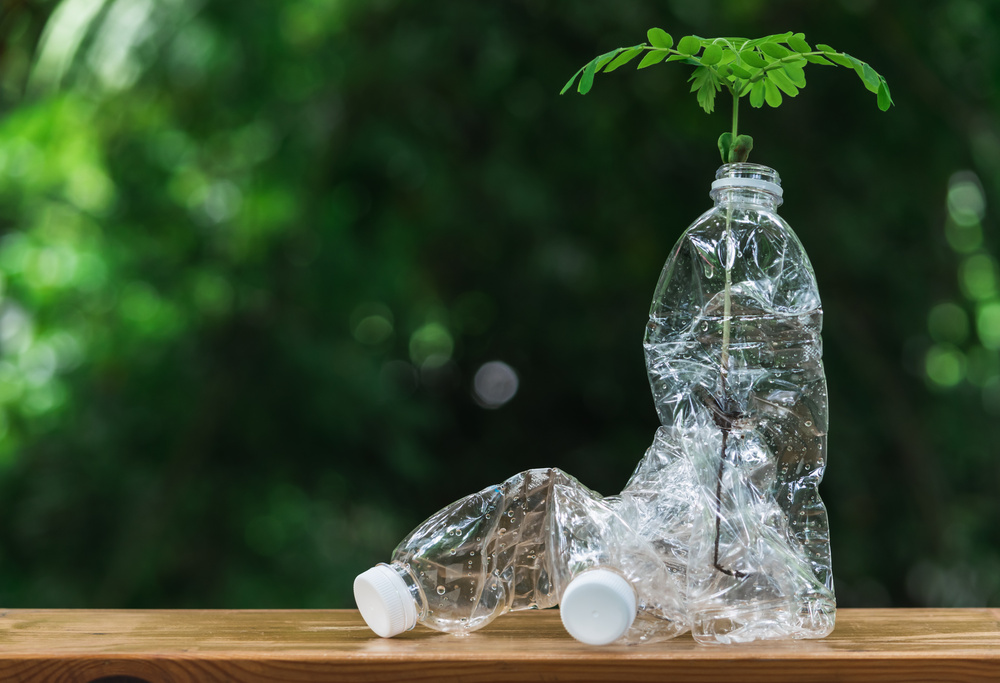It is becoming increasingly clear that current recycling methods are never going to put a meaningful dent in the plastic waste stream. As for plastic bans, the best they will accomplish is limiting things like plastic grocery bags and straws. At some point though, we need to come up with a better way to utilize plastic waste instead of throwing it away. Researchers in the UK think they have a solution: using sunlight to turn plastic waste into fuel.
Their research is based on the fact that plastic is ultimately a petroleum product. It is derived from the byproducts of turning crude oil into diesel fuel and gasoline. As it turns out, many of the main ingredients in plastic can be used as fuel themselves. That is the goal of the research being done at the University of Cambridge.
They are looking at a process that combines plastic waste and carbon dioxide (C02) to produce something known as syngas. Syngas is a mixture of hydrogen, methane, and other gases at various ratios. It is highly combustible and can be used as a fuel source.
Conversion via Sunlight
At the University of Cambridge, researchers have come up with a process whereby they can produce syngas and glycolic acid by facilitating a chemical reaction with a number of catalysts. The catalysts are combined with plastic waste and C02 in a light absorber, then exposed to natural sunlight. The chamber in which the chemical reaction takes place is maintained at room temperature and atmospheric pressure.
Exposing the chamber to sunlight facilitates the initial reaction. The chemical catalysts then take over and do what they do. Researchers are left with syngas and glycolic acid, along with waste materials. They say those waste materials are not harmful to the environment.
Compared to Other Forms of Recycling
This new process of transforming plastic and C02 into a usable fuel is pretty simple to pull off and requires very little energy. As previously stated, it is also not polluting. That makes it superior to chemical recycling.
Chemical plastic recycling involves bathing plastic waste in chemicals capable of breaking the bonds between polymers and reducing the material to its base components. Chemical recycling is dangerous and potentially polluting. It also requires a tremendous amount of energy.
As for mechanical recycling, it reduces waste plastic to a reusable product through the use of shredders and grinders. Seraphim Plastics, a Tennessee company that specializes in recycling industrial plastic waste in seven states, says mechanical recycling requires very little energy and does not pollute. But it does degrade the quality of the material over time.
UK researchers say that their process preserves the integrity of plastic’s base components. The components do not degrade in process, meaning the syngas they produce is a high-quality material suitable for multiple fuel-related applications.
Capturing Two Forms of Waste
Cambridge researchers have a workable model in the lab. They now need to see if they can make it work on a much larger scale. If they can, their process will eventually be capable of recovering materials from two waste streams. Recovering both waste plastic and C02 could go a long way toward creating a more circular economy spearheaded by plastics.
Time will tell if the idea is workable on a global scale. If not, there are other ideas in the pipeline. At some point, someone will figure out how to recycle and recover the majority of plastics humanity produces. And when that day finally comes, there will be one less thing for sustainability advocates to worry about.


